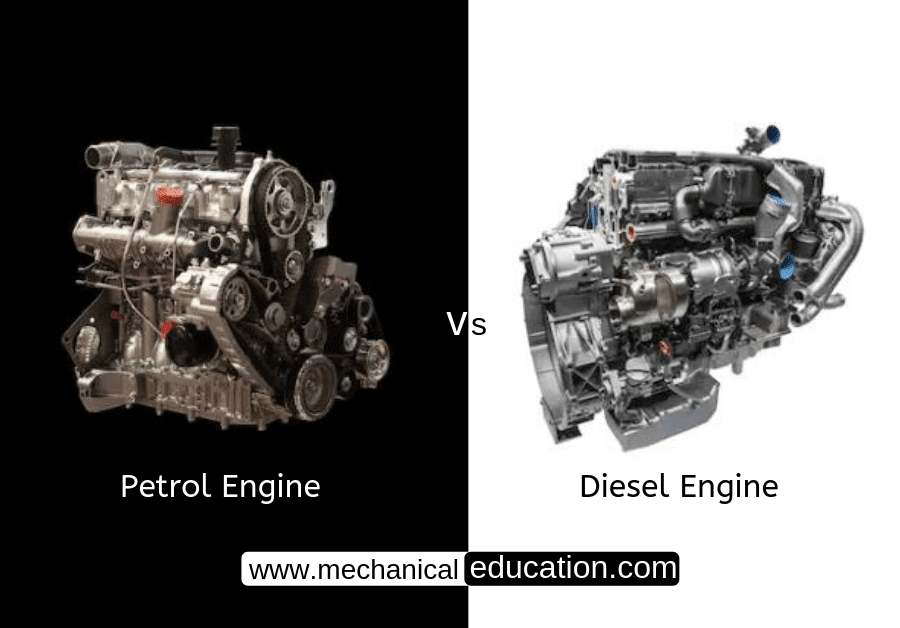Investment casting, also known as lost-wax casting, is a process used to produce complex metal components with high accuracy and a smooth surface finish. It is widely used in a variety of industries, including:
- Aerospace: Investment casting is used in the aerospace industry to produce high-performance components such as turbine blades, vanes, and housings for gas turbine engines.
- Automotive: Investment casting is used in the automotive industry to produce various engine and transmission components, suspension parts, and brake system components.
- Medical: Investment casting is used in the medical industry to produce implants such as hip and knee replacements, dental implants, and surgical tools.
- Jewelry: Investment casting is used in the jewelry industry to produce intricate and detailed pieces in precious metals.
- Military and defense: Investment casting is used to produce a variety of components for military and defense equipment, such as firearm parts, missile components, and armor.
- Electronics: Investment casting is used in the electronics industry to produce small and intricate components such as connectors, switches, and housings.
Overall, investment casting is a versatile process that can be used to produce complex and intricate metal components for various industries and applications, where precision and high-quality finishes are essential.
Frequently Asked Questions
1. What is investment casting, and how does it differ from other casting methods?
Investment casting, also known as lost wax casting, is a precision casting process that uses a wax pattern to create intricate metal parts. It differs from other casting methods by its ability to produce complex shapes with high accuracy.
2. Where is investment casting commonly applied in manufacturing?
Investment casting is widely used in aerospace, automotive, jewelry, medical device manufacturing, and other industries where intricate and high-precision components are required.
3. What are the advantages of using investment casting over other casting techniques?
Advantages include the ability to produce complex and detailed parts, high dimensional accuracy, excellent surface finish, and the potential for cost-effectiveness in small to medium production runs.
4. Can investment casting accommodate a variety of materials, and what are some common alloys used?
Yes, investment casting can accommodate a variety of materials, including stainless steel, carbon steel, aluminum, titanium, and various alloys. Common alloys used are stainless steel 304, 316, and 17-4 PH, as well as aluminum alloys like A356.
5. How does the investment casting process work?
The process involves creating a wax pattern of the desired part, coating it with a ceramic shell, melting out the wax to leave a hollow shell, pouring molten metal into the shell, and finally, removing the ceramic shell after the metal has solidified.
6. Is investment casting suitable for producing small and intricate parts with thin walls?
Yes, investment casting excels at producing small and intricate parts with thin walls. The process allows for the creation of intricate details and fine features that may be challenging with other casting methods.
7. Can investment casting be used for both prototype development and large-scale production?
Yes, investment casting is versatile and suitable for both prototype development and large-scale production. It offers flexibility in production volumes, making it suitable for a wide range of applications.
8. What considerations should be taken into account for designing parts for investment casting?
Design considerations include minimizing undercuts, maintaining uniform wall thickness, avoiding sharp corners, and considering allowances for shrinkage. Designing parts with these considerations helps optimize the investment casting process.
9. How is surface finish achieved in investment casting, and can it meet high-quality standards?
Surface finish in investment casting is achieved through the use of high-quality ceramic shells and controlled casting conditions. The process can meet high-quality standards, producing parts with excellent surface finishes that often require minimal post-processing.
10. What are the limitations of investment casting, and when might alternative casting methods be preferred?
Limitations include the cost of tooling, longer lead times, and potential for variations in dimensional accuracy. Alternative casting methods might be preferred for high-volume production or when cost constraints outweigh the benefits of precision and intricate detailing offered by investment casting.




